Millionaire Claims His Father De-Aged From 70 to 46 by Injecting His “Super Blood”
Bryan Johnson, a notable figure in the technology industry, has recently made a striking claim: he believes that he has successfully reduced his father’s biological age from 70 to 46 using a method involving his own blood.
Johnson’s approach, which involves injecting his father with his plasma, has sparked discussions and debates in both scientific and public domains. This claim brings forward the intriguing possibility of biological age reversal, a concept that has long been a subject of fascination in science fiction and now, potentially, in reality.
The Science Behind the Claim
Johnson’s claim rests on the premise that his “super blood” can significantly slow the aging process. He states that this unique treatment has reduced his father’s biological age by 25 years, a claim that has raised eyebrows in scientific circles.
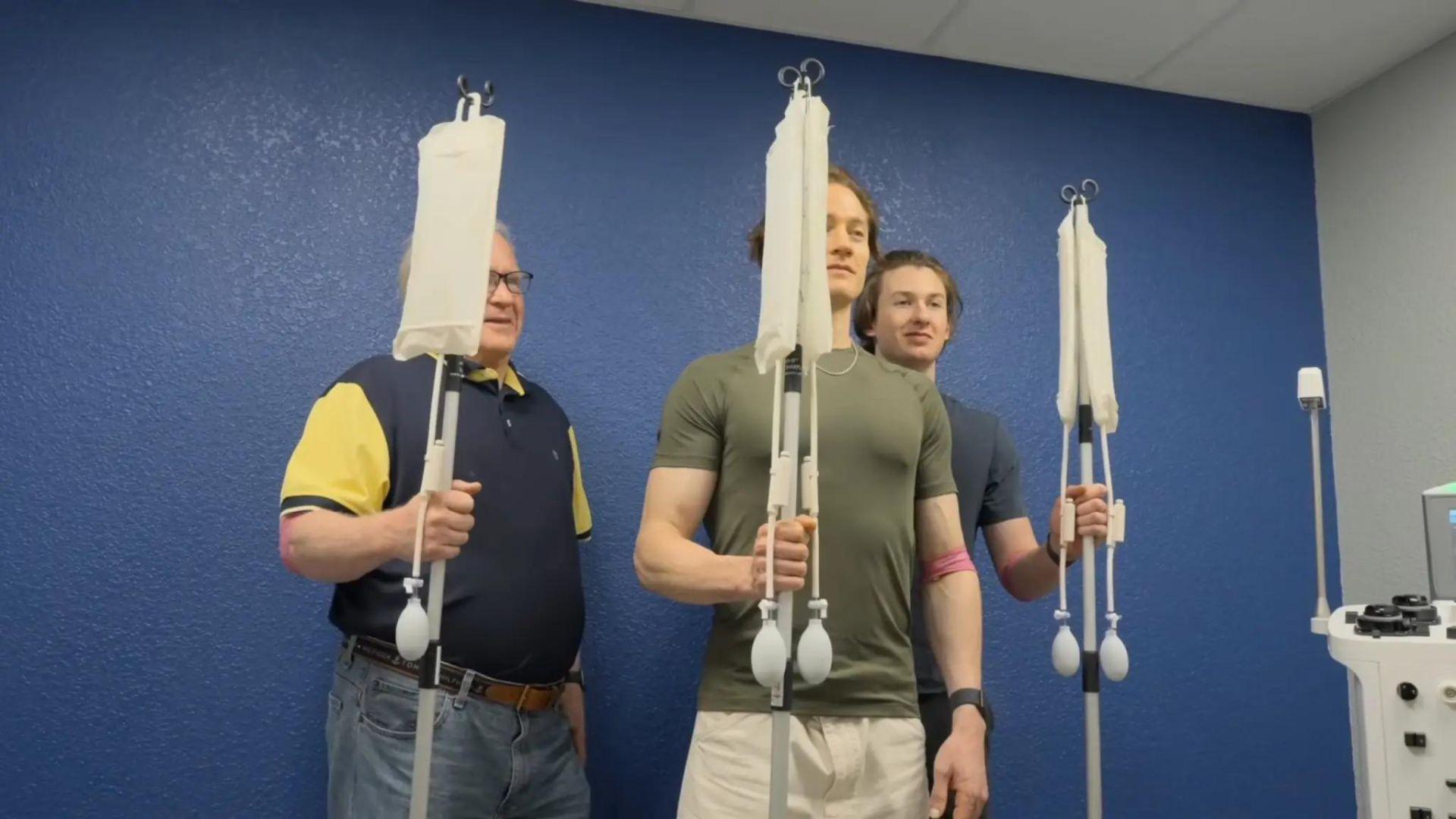
Source: Bryan Johnson/Youtube
Johnson, however, has not disclosed the specific biomarkers, which are measurable indicators of some biological state or condition, used to substantiate his claim, leaving some details of his methodology unclear to the public and scientific community.
Plasma Transfusions: A Family Experiment
The treatment involved transferring one liter of Johnson’s plasma, the liquid part of blood, to his father. According to Johnson, this procedure changed the rate at which his father was aging.
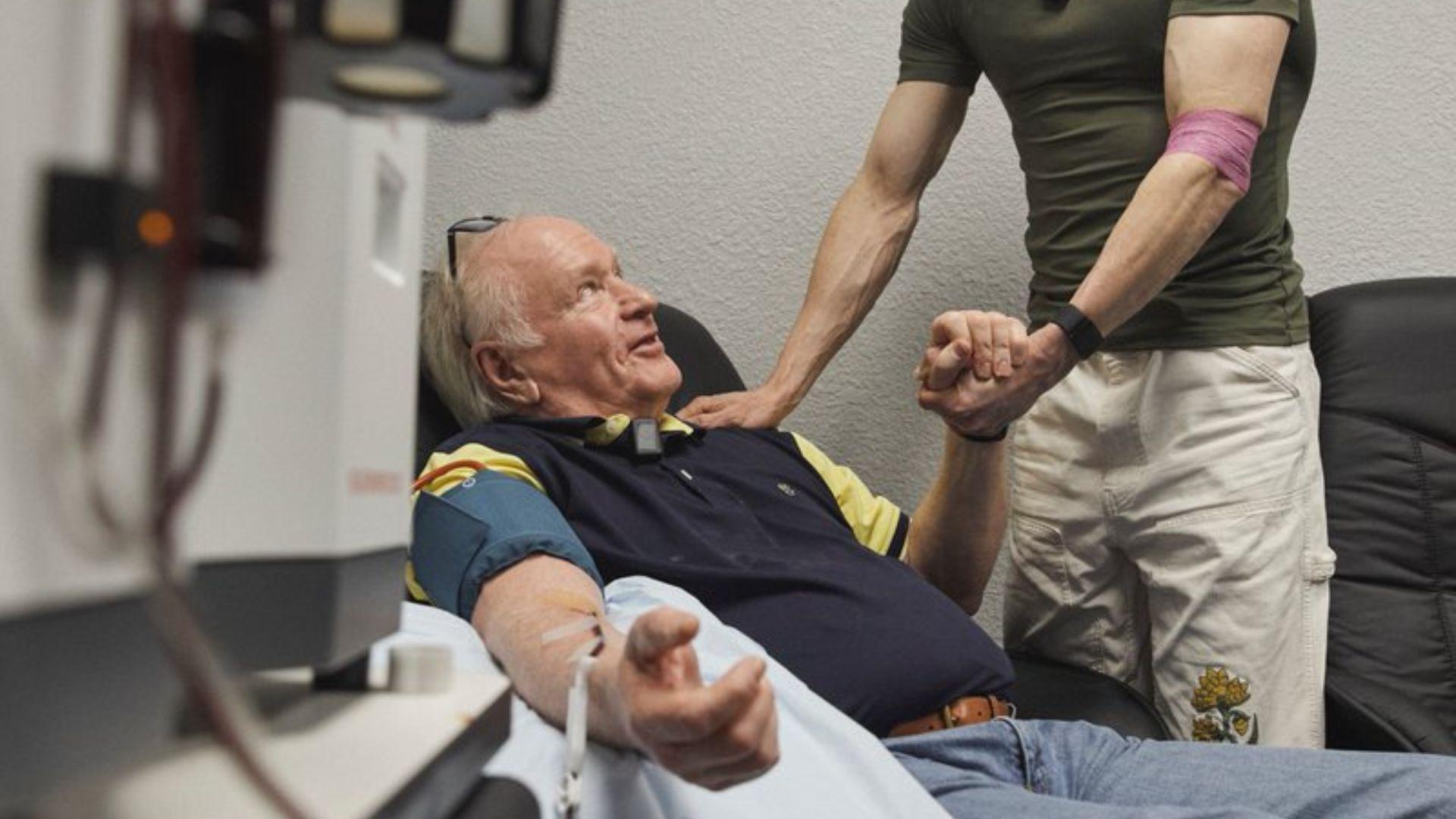
Source: bryan_johnson/X
Before the transfusion, his father was aging at a rate typical of someone in their early 70s, but post-transfusion, Johnson claims this rate has decreased to that of a 46-year-old. These assertions have prompted discussions regarding the potential of plasma in anti-aging treatments.
Reliance on Biomarkers for Age Assessment
Bryan Johnson’s conclusions about his father’s reduced aging are based on the assessment of a single biomarker. Biomarkers are medical signs that can be objectively measured and evaluated as indicators of normal biological or pathogenic processes.
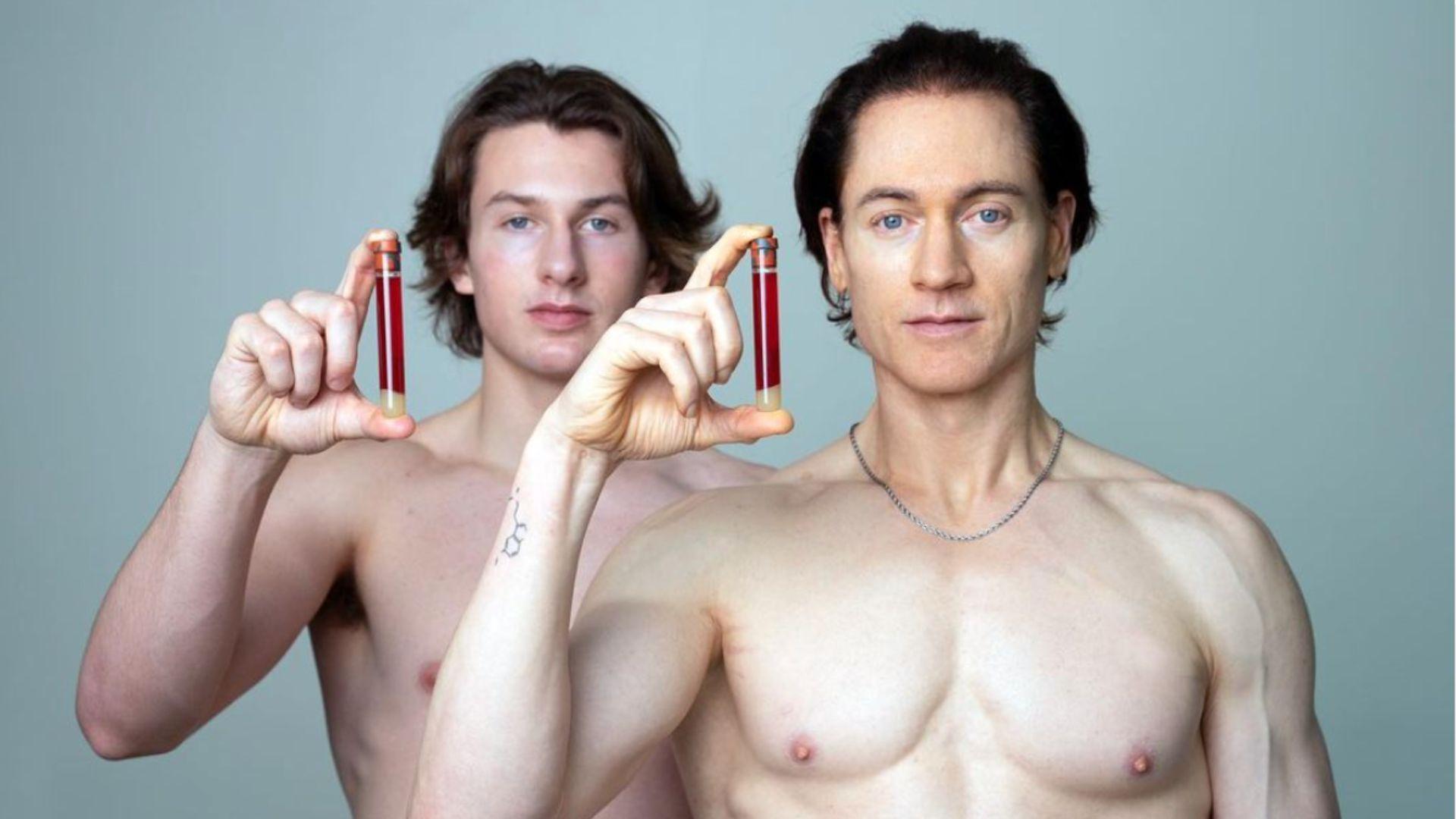
Source: bryan_johnson/X
However, the specific biomarker used in this case has not been disclosed, leading to some skepticism about the accuracy and reliability of Johnson’s claims regarding the reversal of aging.
Expert Opinions on Biomarkers and Aging
Experts in the field, such as physician Oliver Zolman, have expressed caution regarding the use of biomarkers as sole indicators of aging.
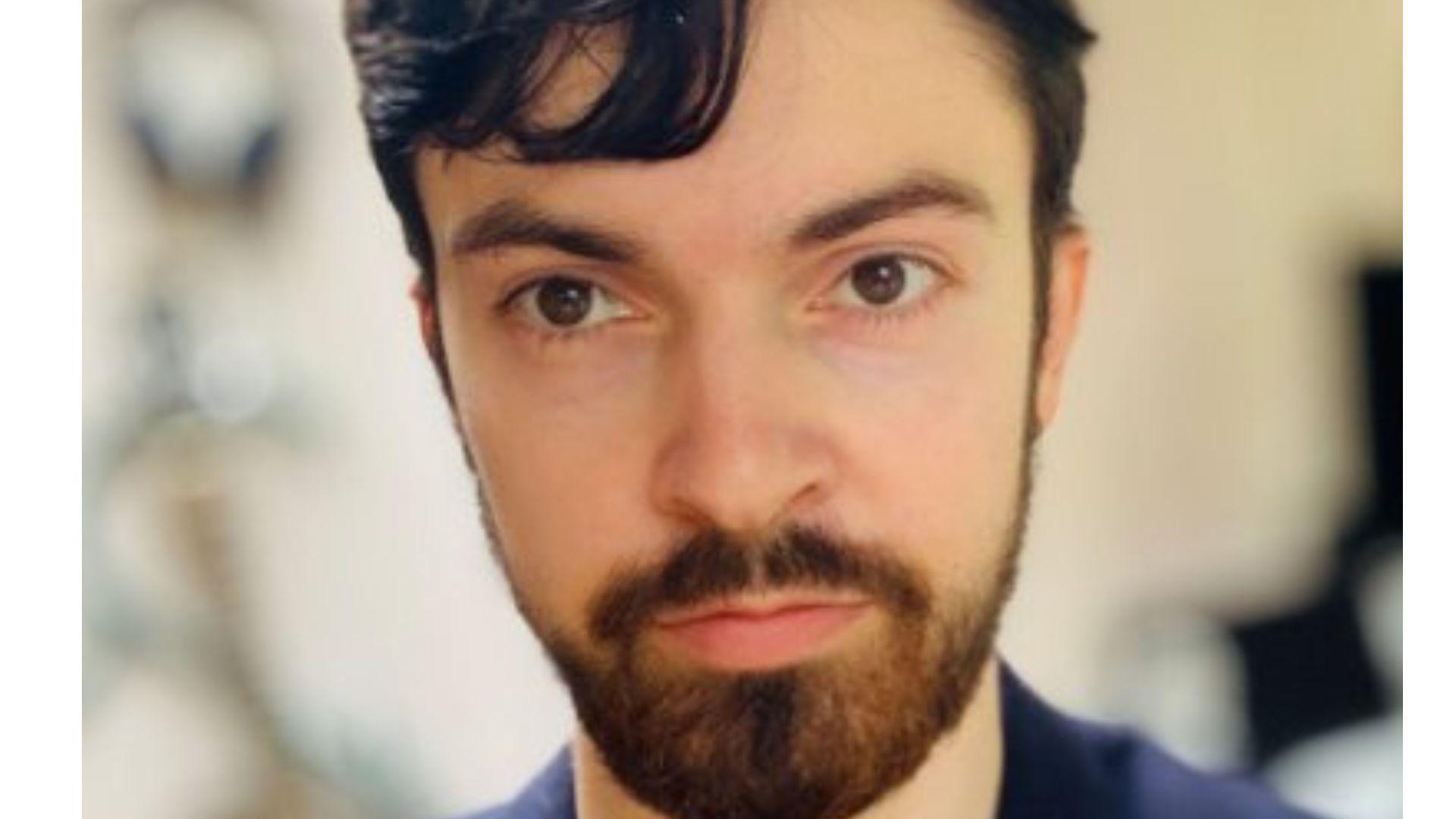
Source: Longevity Clinic
While biomarkers can provide insights into various bodily functions, they may not fully represent the complex process of aging. This perspective suggests that while biomarkers can be useful, they should not be the only criterion for evaluating changes in biological age
The Complexity of Aging Interventions
Johnson himself has noted the complexity of attributing changes in aging solely to his plasma injections.
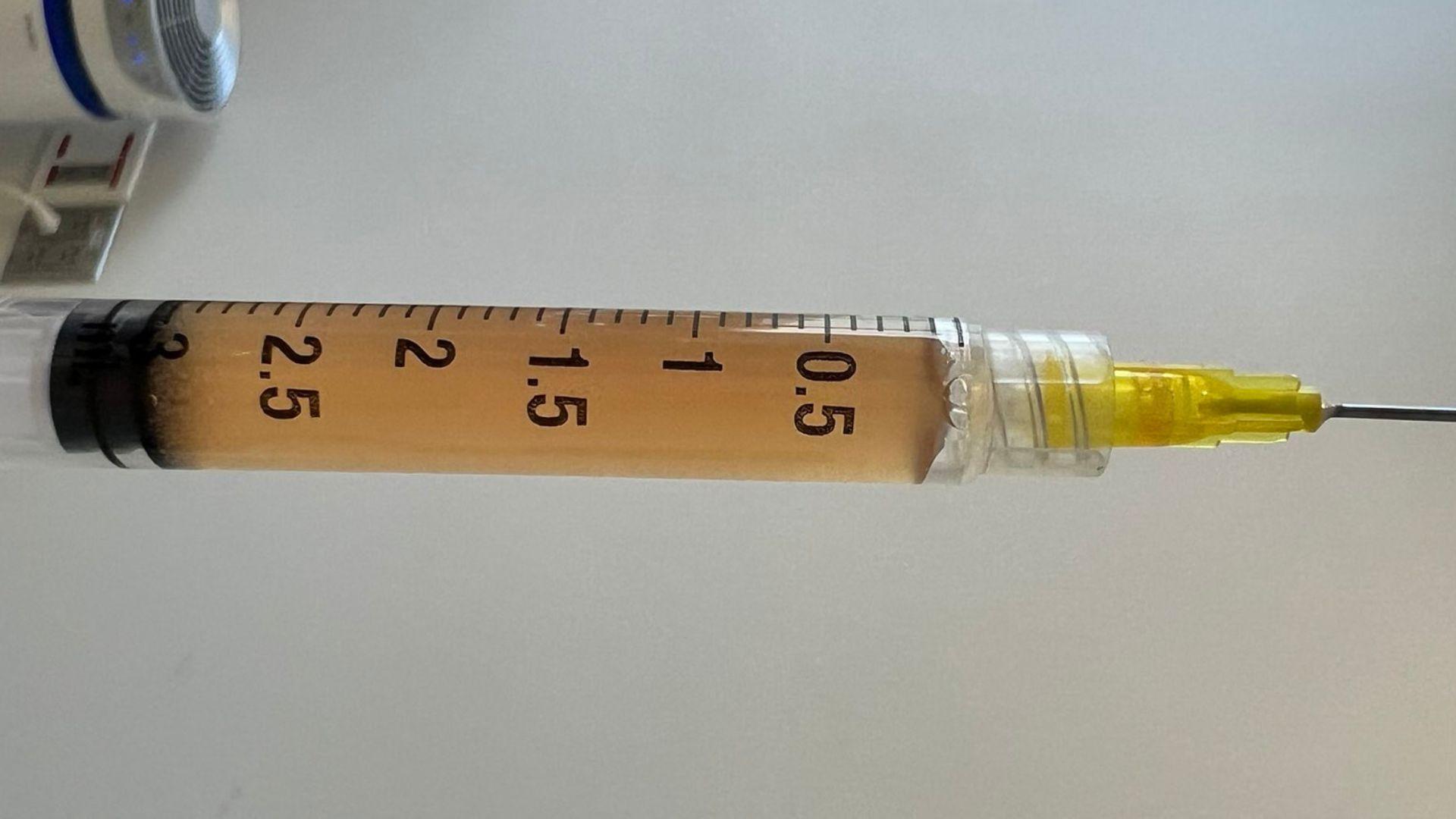
Source: bryan_johnson/X
He acknowledges that it’s challenging to determine whether the perceived reduction in aging rate is exclusively due to the “super blood” treatment or if other factors might also be influencing the outcome.
A Two-Generational Plasma Exchange
In an interesting twist to his experiments, Johnson not only gave his plasma to his father but also received plasma from his 17-year-old son.
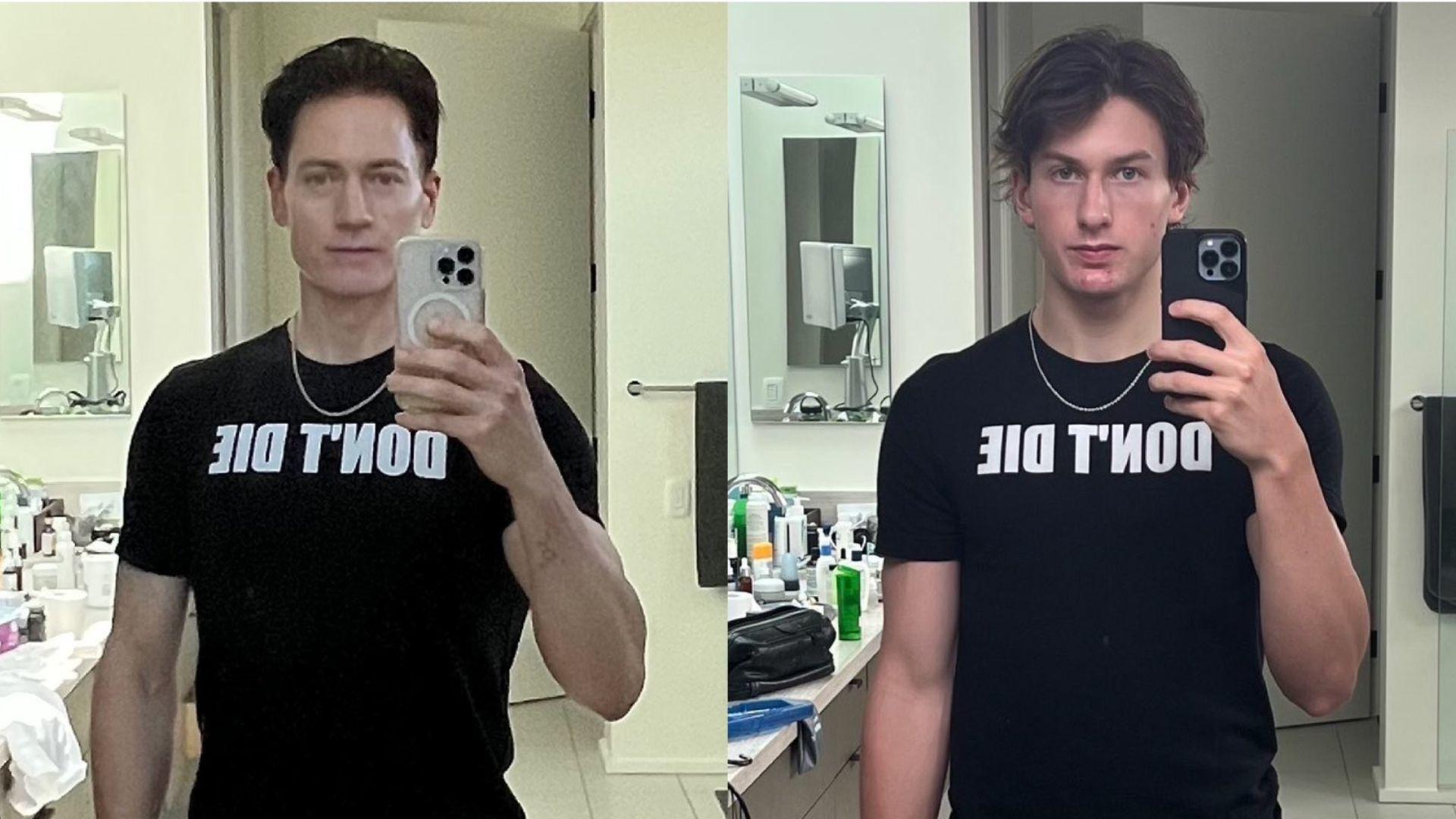
Source: bryan_johnson/X
Despite this exchange, Johnson reported no personal benefits from the procedure, which raises questions about the consistency and effectiveness of plasma transfusions in affecting the aging process.
Johnson’s Broader Anti-Aging Efforts
Beyond plasma transfusions, Johnson engages in various anti-aging interventions, identifying himself as a “professional rejuvenation athlete.”

Source: bryan_johnson/X
His efforts include a meticulously controlled diet, rigorous exercise routines, and various other treatments like fat injections and laser therapies. This broad approach indicates his commitment to exploring different methods to combat aging.
FDA Stance on Plasma Injections
In response to the growing interest in plasma injections as an anti-aging treatment, the U.S. Food and Drug Administration (FDA) issued a statement in 2019.
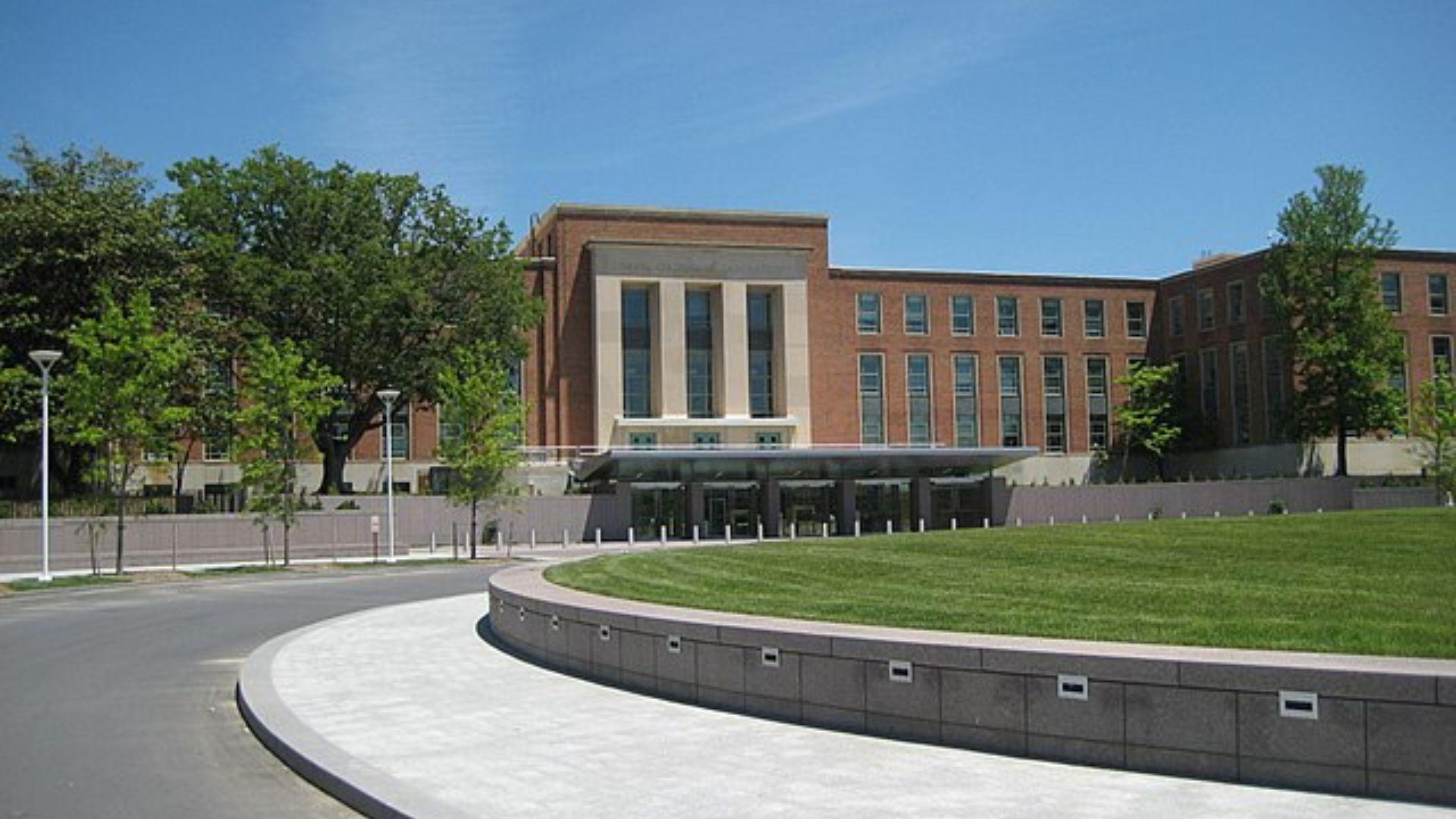
Source: Wikimedia Commons
The FDA highlighted the lack of compelling clinical evidence supporting the efficacy of such treatments. This statement from a regulatory authority brings a critical perspective to the discussion, emphasizing the need for scientific validation of medical treatments.
Plasma in Medical Science
While the use of plasma is an evolving area in medical science, particularly in contexts like wound healing, its role in anti-aging remains uncertain.
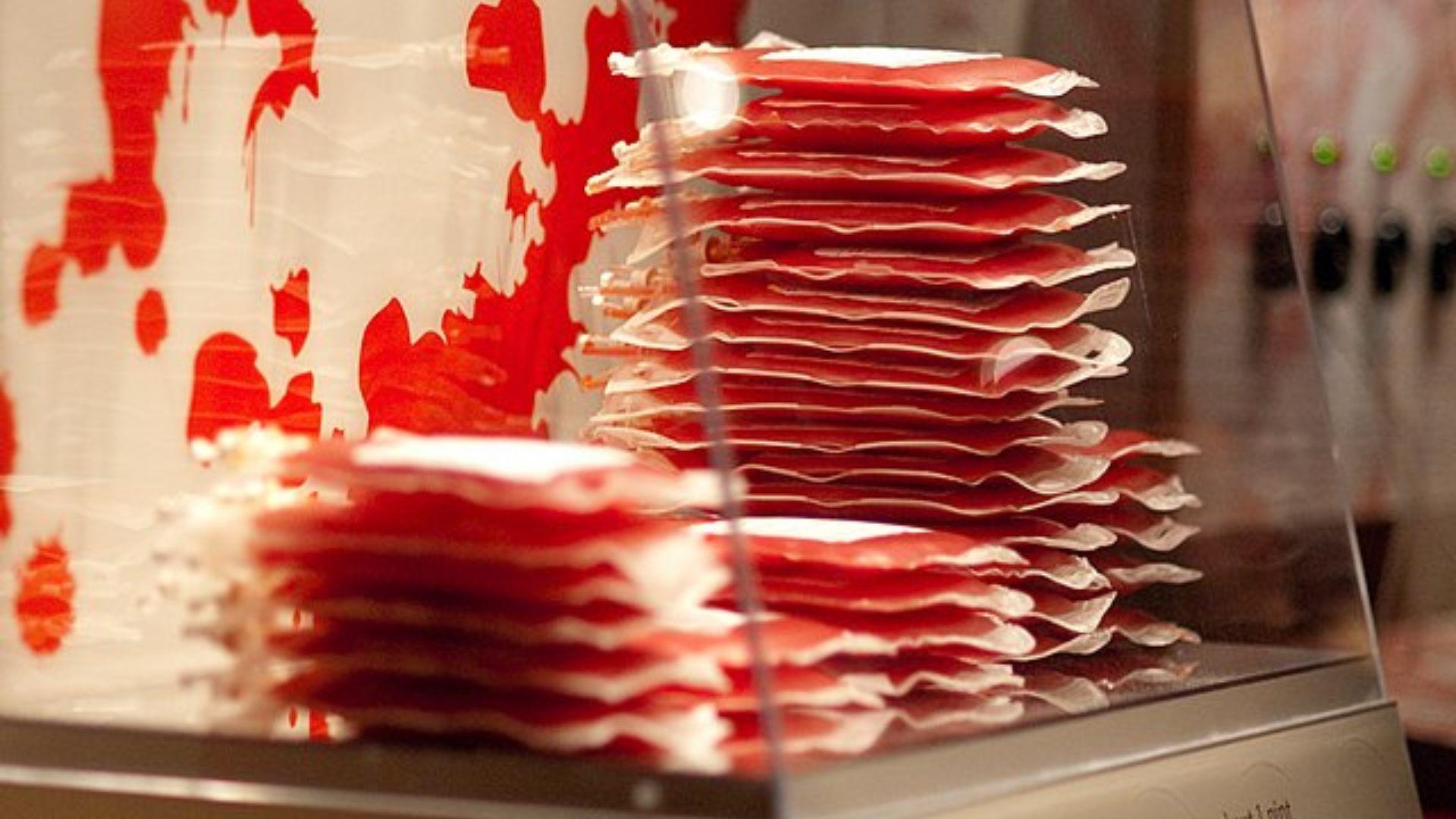
Source: Wikimedia Commons
According to information from John Hopkins University, there is no conclusive evidence that plasma can reduce aging. This highlights the ongoing need for rigorous scientific research to understand the potential and limitations of plasma in medical applications.
Ethical Considerations in Anti-Aging Research
The pursuit of anti-aging treatments raises important ethical questions. As medical science advances, it’s crucial to consider the implications of such treatments, both medically and socially.

Source: bryan_johnson/X
The debate surrounding Johnson’s claims brings to the forefront the need for careful consideration of the ethics and potential consequences of new medical technologies and treatments.
Future Directions in Anti-Aging Research
The story of Bryan Johnson and his father opens up a realm of possibilities in the field of anti-aging research.
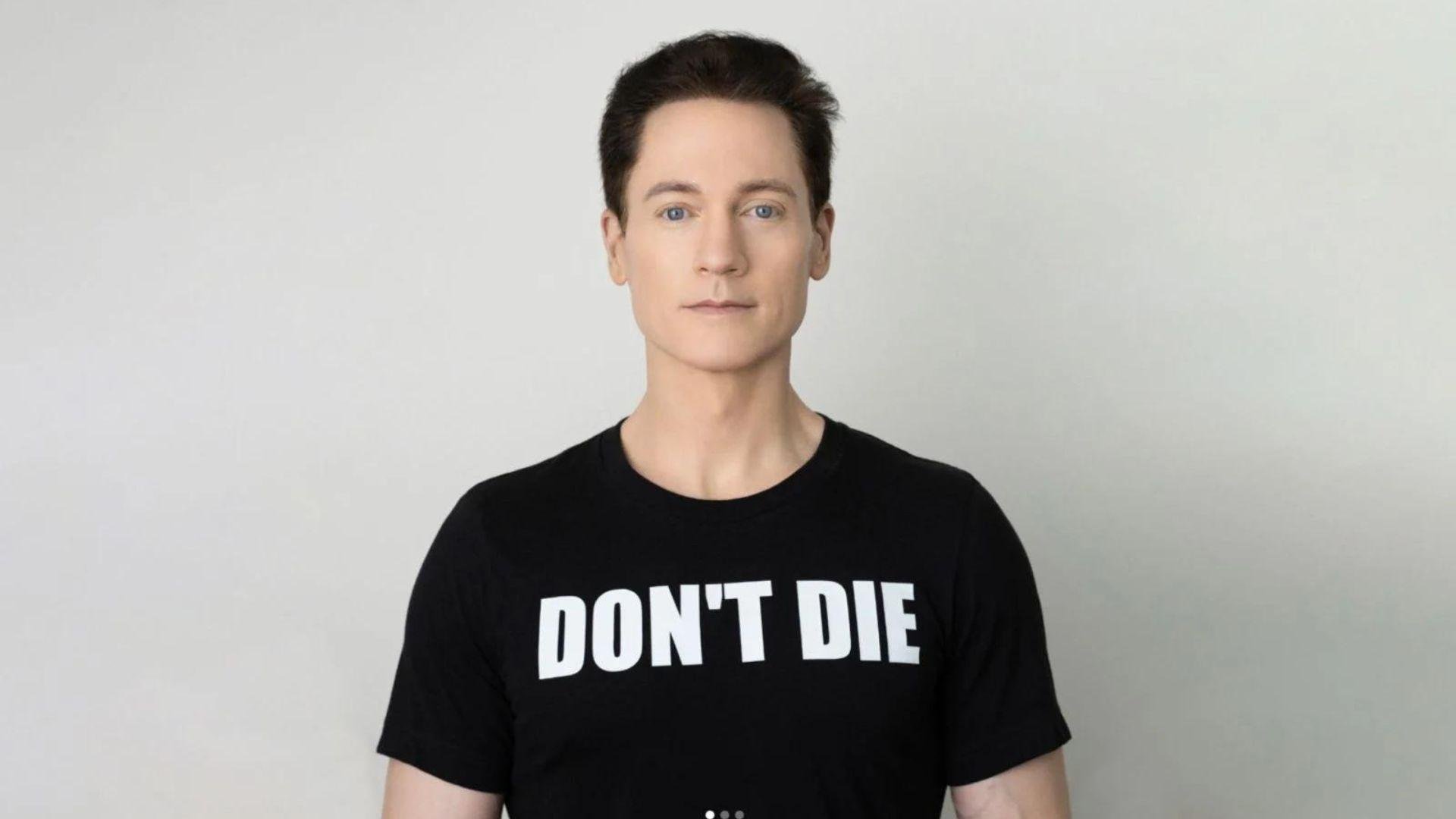
Source: bryan_johnson/X
It poses the question of whether such interventions could be a step forward in medical science or if they remain an elusive goal. As the scientific community continues to explore these avenues, the answers to these questions will shape the future of aging and longevity research.
